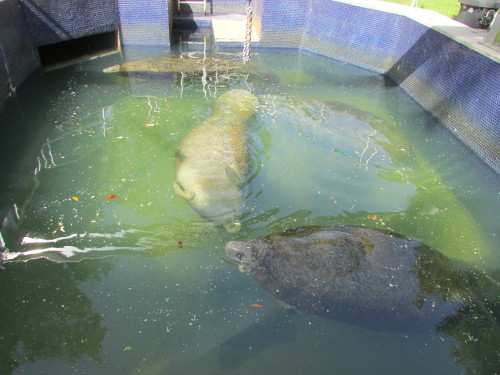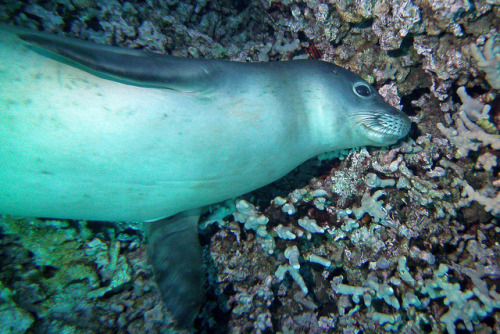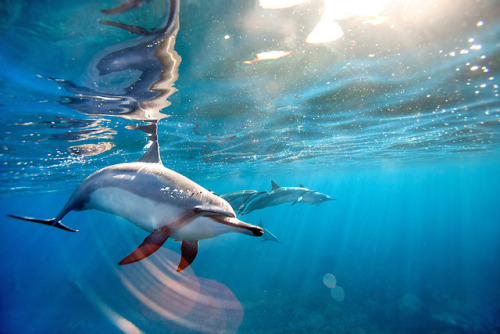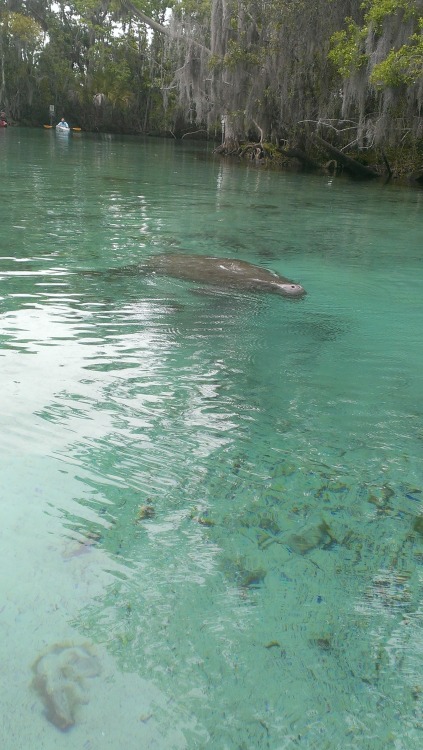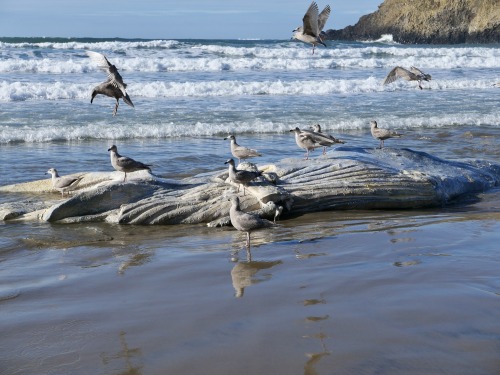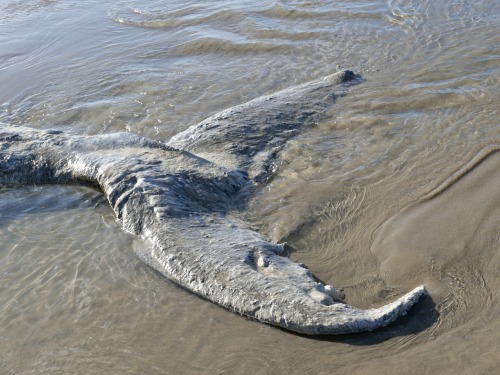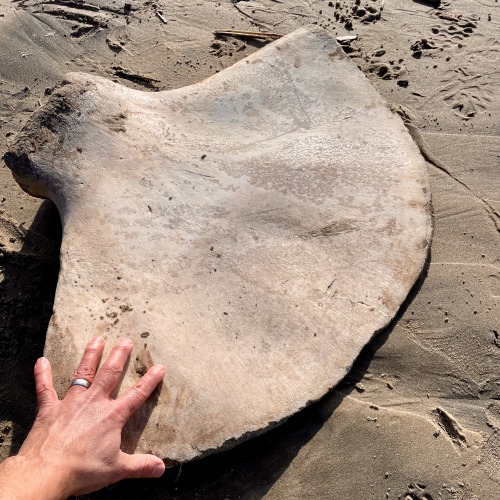#marine mammals
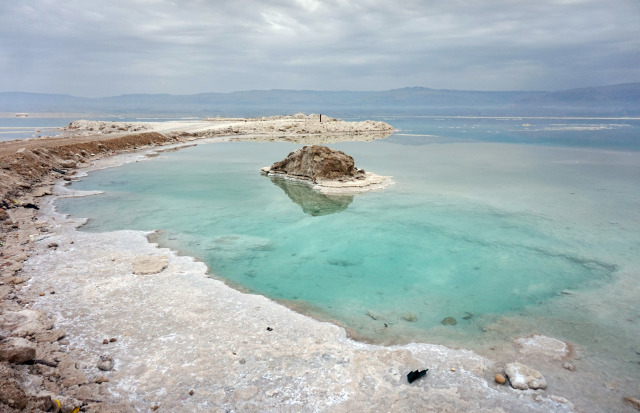


Sinking seals, dolphins and whales! Palaeontologists have discovered that marine mammals developed thicker and heavier bones as an adaptation to a salty inland sea in Central Europe some 13 million years ago. Heavier bones acted as diving weights: they helped the animals to reach depths in the super-saline water in a more energy-efficient way.
Marine mammals, such as whales and dolphins, developed dense and heavy bones at the very beginning of their evolution, from 50 million years ago. It helped them to dive to depths or stay in the water column more easily. But those bones became lighter in the millions of years that followed as marine mammals swam more efficiently thanks to other adaptations, such as large flippers or a tail fluke.
An international team with palaeontologists from the Royal Belgian Institute of Natural Sciences and the University of Liège has found a remarkable ‘return’ in that evolution around 13.8 million years ago. At that time, several marine mammals - they examined 12 fossils of true seals, toothed whales and baleen whales - independently acquired thicker, heavier bones.
Super salty sea
‘This has everything to do with the sea in which they lived at that time: the Paratethys Sea’, says palaeontologist Leonard Dewaele (RBINS, ULiège). ‘A large part of that sea in Central Europe was cut off from other seas because the water level dropped. Further evaporation caused the water level to drop even further and the water became extremely salty. You can compare it to the Dead Sea. Super salty water pushes you upwards. But that is hindering marine mammals searching for food in the deep. When we examined the bone structure of the various marine mammal fossils from that salty period of 400,000 years, we noticed that they had all developed heavier bones. With a heavier skeleton you can better resist buoyancy.’
When the water level in this part of the Paratethys Sea rose again around 13.4 million years ago and it connected again to other seas, the water became more brackish, but the adaptation of thicker bones continued for millions of years. Possibly these heavier bones helped them to forage near the seafloor. Today’s marine mammal species are not descended from the animals of the Paratethys Sea and all have - except for sea cows and for the bowhead whale - lighter bones.
The developments long ago in the Paratethys Sea can also be a mirror for today. ‘Rising sea levels in the coming decades or centuries could create inland seas or connect separate seas,’ says Dewaele. 'Our research illustrates how small geographical changes can have an impact on ecology and the evolution of fauna.’
The research was published in the journal Current Biology.
Octopus shoots ink at camera!
Spectacular Night Snorkeling with Manta Rays
Galápagos Sea Lions
South of Canon Beach, Oregon, Jan. 17, 2022
I smelled the rotting carcass long before I reached it, expecting to find a dead sea lion, not a whale. It’s a juvenile, likely a humpback whale based on the large number of ventral grooves, and how far the grooves extend toward the tail. The last image is a detached shoulder blade that washed up nearby.
Post link
10 Reasons Why Orca Whales Should NOT be at Seaworld (Or Any Marine Park)
- In the wild, orcas swim up to 100 miles a day. They are confined into a small tank in captivity.
- Their collapsed dorsal fins (pictured above) are a sign of an unhealthy whale. All male orcas in captivity have a collapsed dorsal fin. Less than 1% of orcas have this condition in the wild.
- Orcas do not live up to their nickname “killer whale”. There has not been one incident of an orca killing a human in the wild. However, in captivity, orcas have killed 3 humans and injured 151 reported injury incidences.
- On average, orcas live up to 50 years old in the wild. Some females have been reported to live 80-100 years old. Seaworld’s average orca life span is 13 years old.
- Family is important to orcas. In the wild, their pods include generations upon generations of their family. Marine parks do not keep their families together. In fact, babies are taken from their mothers. This is psychologically traumatizing to the whales.
- Whale fights are common in the tanks because they are not in their pods and they are, literally, mentally ill. In a tank, whales can’t flee from fights like they can in the wild. These whales get brutally injured and sometimes killed by other whales in the tank.
- Pods have their own languages. In a tank with other whales who have different languages. Imagine living with somebody who speaks a different language with you and you cannot use hand motions. Frustrating right?
- Not only are the tanks in marine parks WAY too small for this wild animal, in the wild, marine mammals live in a habitat full of MANY other marine plants and animals. In captivity, they live in a cement, chlorinated tank.
- Since 1961, 141 whales have been captured. 125 of these whales have died.
- The brain of an orca is 4 times larger than the human brain. It has been confirmed their intelligence matches to ours, if not more.
Just imagine living in cement room with a few other people who don’t speak your language. Imagine not knowing if you will ever see your family again. Imagine being forced to do performances for others and being fed one thing for the rest of your life. Imagine being confined in a cement room when there is a whole world out there to explore.
So, how can you help? It’s easy! boycott sea world. Without the revenue, they are forced to shut down their business. Also, education is important. Remind the public of what is going on.
Post link


